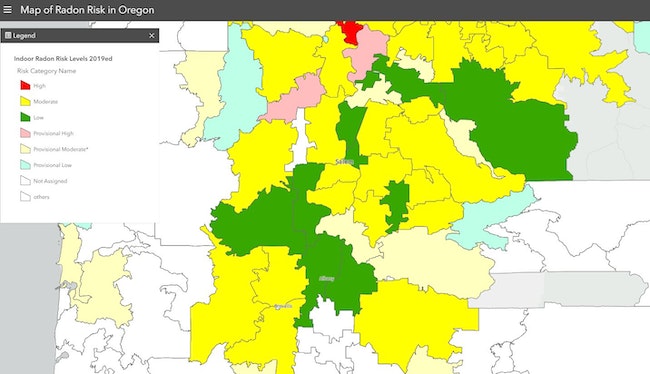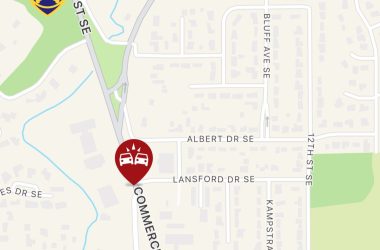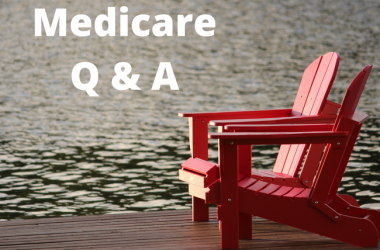 Radon risk for the greater Salem area is mostly low or moderate, according to January 2020 data. (Courtesy/Oregon Health Authority)
Radon risk for the greater Salem area is mostly low or moderate, according to January 2020 data. (Courtesy/Oregon Health Authority)
Oregon public health officials want a better picture of radon levels across the state, and they’re looking for your help.
Winter is the best time to test your home for radon because it’s easiest to get an accurate measure when doors and windows are closed.
The Oregon Radon Awareness Program will send you a free test kit if you live in an area where the state’s data is sparse, which includes ZIP code 97371, the portion of Polk County between West Salem and Dallas.
Residents in many parts of eastern Marion and Linn counties are also eligible for free kits. Those interested can email [email protected].
Radon is a naturally occurring gas that forms in soil as uranium decays. It can seep into homes through cracks in foundation, walls or flooring and gives off radioactive byproducts.
Outdoors, it’s relatively harmless, but indoors, radon can build to dangerous levels and cause lung cancer.
Radon exposure is the second most common cause after smoking, according to the American Lung Association. About 21,000 Americans die from radon-caused lung cancer each year.
Most of the greater Salem area is considered at low or moderate risk for radon exposure, according to data from the awareness program, which is part of the Oregon Health Authority.
Curtis Cude, the program’s manager, said every home should be tested, even in areas of low risk, because radon levels vary significantly even in the same neighborhood.
“Radon values can differ from house to house and you don’t know what the value radon level in your house is until you test,” he said.
Geology and home construction both play a role in indoor radon levels, he said. A single boulder buried in the soil can cause more radon to seep into one home on your block than another.
People can buy test kits for about $20 to $25 at local hardware stores, Cude said. If radon levels exceed what’s considered safe, homeowners can pay for a radon mitigation company to install a venting system that captures radon vapors at the base of the house and releases them at the top.
The health authority maps radon risk by ZIP code. North Salem and Keizer are considered low risk, with between 5% and 7% of homes having radon levels above what the Environmental Protection Agency considers safe.
South Salem, ZIP code 97302, has a moderate risk. About one-third of tested homes have unsafe radon levels.
A list of test results by ZIP code and a map of risk levels are both available on the Radon Awareness Program website.
Reporter Rachel Alexander: [email protected] or 503-575-1241.

Rachel Alexander is Salem Reporter’s managing editor. She joined Salem Reporter when it was founded in 2018 and covers city news, education, nonprofits and a little bit of everything else. She’s been a journalist in Oregon and Washington for a decade. Outside of work, she’s a skater and board member with Salem’s Cherry City Roller Derby and can often be found with her nose buried in a book.









